Terry aquilegia: the best varieties and growing rules
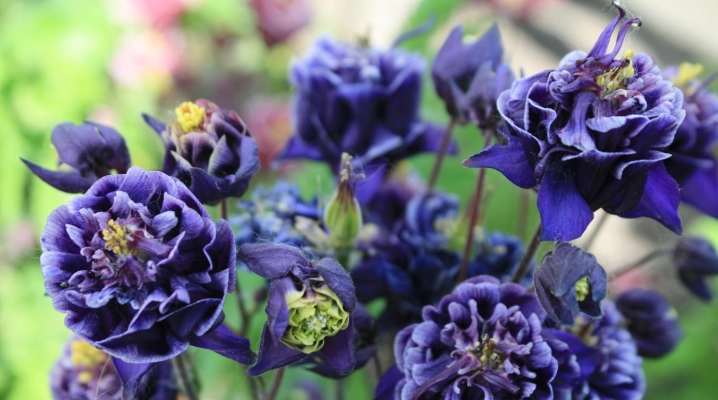
The presence of flowering flower beds on a personal plot is a guarantee of a positive mood and a source of positive emotions. A large variety of varieties allows florists to create amazing green compositions that surprise even experienced florists with their beauty. For self-decoration of flower beds, experts recommend paying attention to unpretentious perennials, a striking representative of which is terry aquilegia.
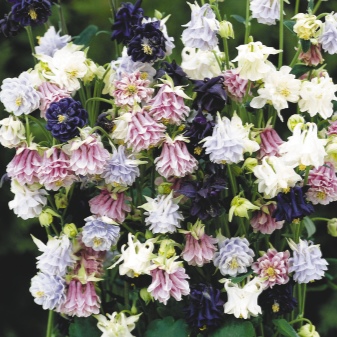
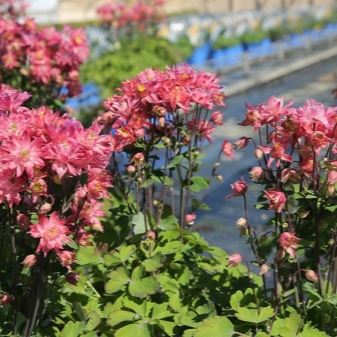
Description
Terry aquilegia is a perennial plant that has the shape of a spreading shrub and belongs to the buttercup family. Due to its unusual appearance, the plant is often called the catchment, the eagle, and the fairy flower of the elves. The maximum height of an adult plant is 100 cm. It is very common in the Caucasus, Altai, Crimea and the Far East.

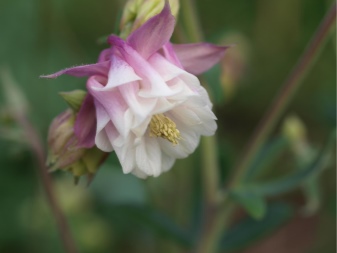
The strong root system of aquilegia has a developed structure and thick branches, and its length often reaches 50 cm. Round leaf plates are edged with lace edges. Large flowers with a double surface, the diameter of which often reaches 10 cm, are lowered down. The main feature of flowers is long growths that resemble spurs and serve to collect nectar. The color range of inflorescences is represented by a large number of colors, and some flowers can combine several shades at once.
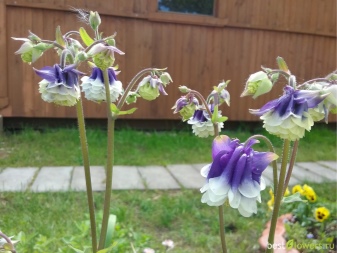
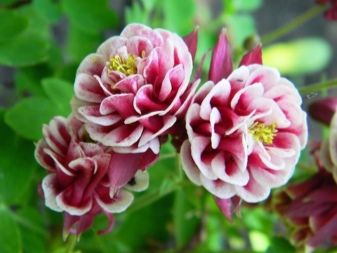
Types and varieties
This flower is represented by a huge number of varieties and species, consider the most famous ones.
- Hybrid - a beautiful species, the flowers of which are similar to pink asters. More than 5 flowers can form on one bush. An interesting feature is the absence of a spur or its weak development.
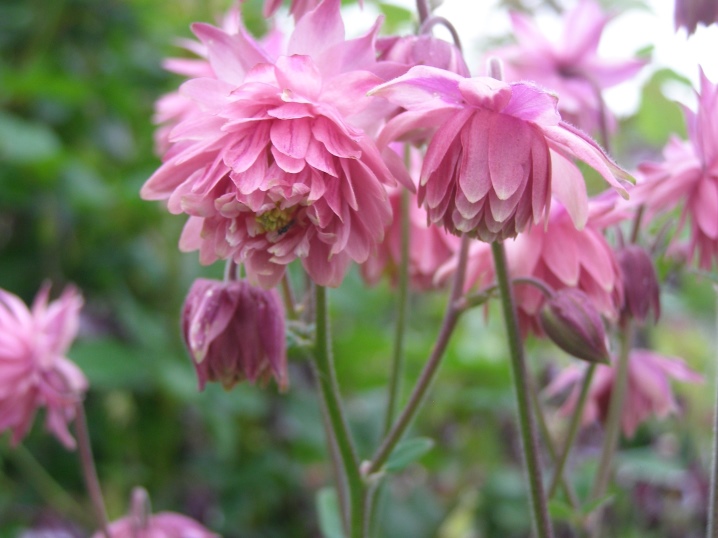
- Nora Barlow - the most popular variety, the flowers of which have a large number of corolla petals and rich shades. It has a bright color of leaves and red flowers with white blotches.
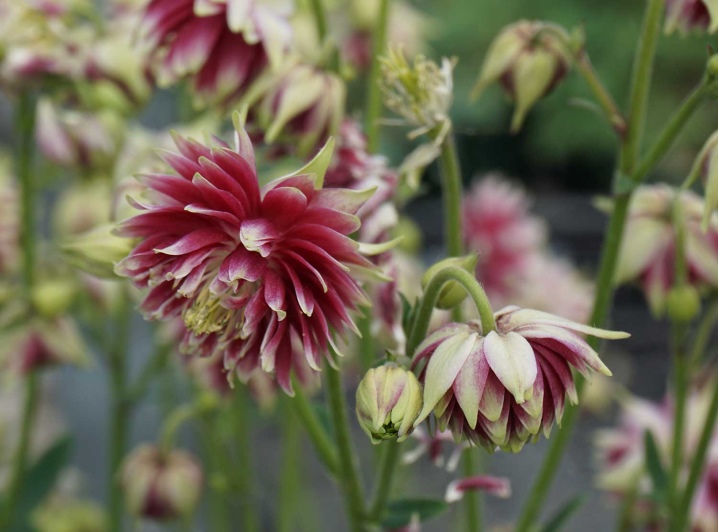
- "Winky" - a popular variety that is used not only in landscape design, but also in the preparation of floristic compositions. The height of the bush is 25 cm. The color of the flowers includes a wide color palette.
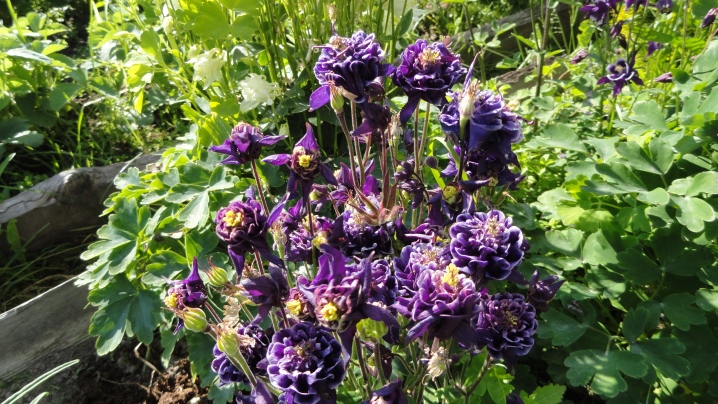
- Columbina - a cold-resistant bush, the height of which can reach 70 cm. It can be planted in shaded areas. The flower diameter is 6 cm.
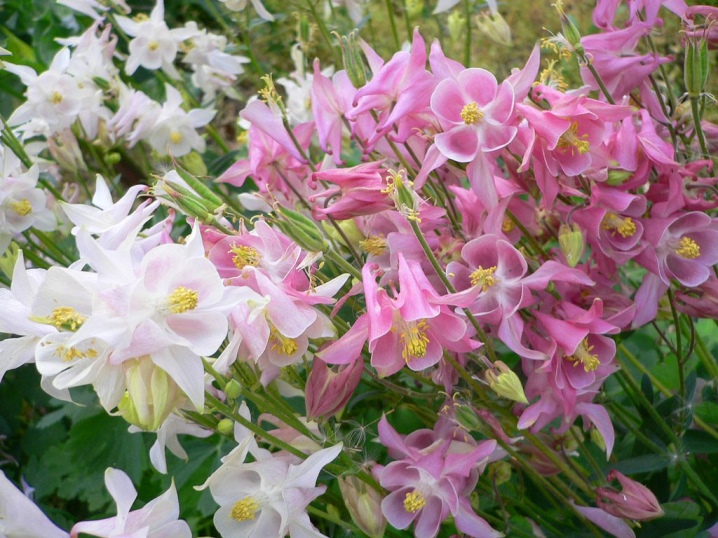
- "Mac Canna" - giant flowers, the height of which reaches 120 cm. Distinctive features: long spurs, erect buds, multi-colored inflorescences.
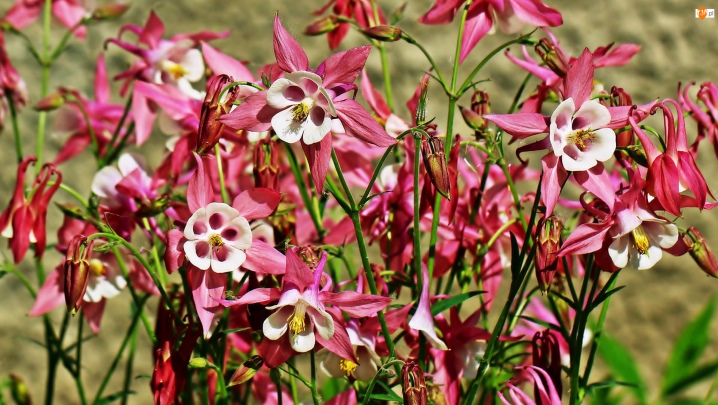
Planting and leaving
Aquilegia is an unpretentious plant that requires a minimum amount of attention and care. Despite this feature, before purchasing a plant, you must carefully study the nuances of its cultivation.
The choice of a landing site is an important stage in the conduct of agrotechnical work, on which the intensity of plant growth and the number of formed inflorescences depend. Aquilegia prefers to grow in areas with light partial shade, but completely shaded and sunny places should be avoided.
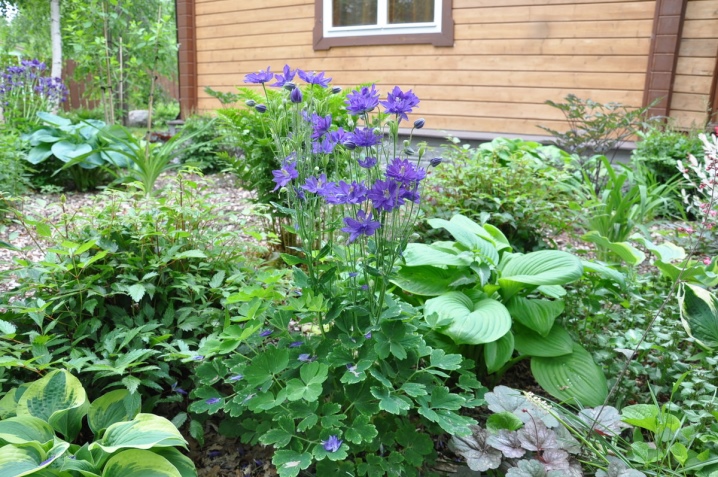
The soil in the selected area should be loamy and moderately moist. Before planting, you will need to dig up the area and get rid of weeds. The flower bed must be enriched with organic fertilizers. The distance between the bushes should not be less than 20 cm. The planted plants must be watered abundantly, and the entire root zone must be mulched.In the year of planting, one should not expect abundant flowering from the flowers, the mass formation of buds will begin in the second year of the life of the bush.
Outdoor flower care - a set of simple measures, which consists of moistening and loosening the soil, applying fertilizers and carrying out regular pruning. Aquilegia refers to moisture-loving plants that need regular watering.
Novice gardeners should avoid waterlogging of the soil and stagnant water, which can negatively affect the growth of the root system.
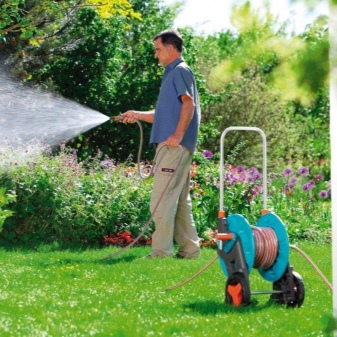

Watering frequency depends on the ambient temperature. Moistening the soil should be carried out only after its top layer has completely dried. It is necessary to water the flower not at the root, but by the irrigation method, as a result of which not only the roots, but also the leaves are saturated with moisture. If there is enough rainfall in the summer, then you can do without watering.
To maximize oxygen access to the root system, experienced gardeners recommend loosening the top layer of the earth after each watering. To prevent mechanical damage to the roots with garden tools, it is impossible to deepen more than 20 cm. Simultaneously with loosening the soil, it is necessary to carry out the removal of weeds, which takes up a large amount of nutrients. Due to the constant subsidence of the soil and exposure of the root system, it is necessary to huddle the plants a little while loosening the soil.
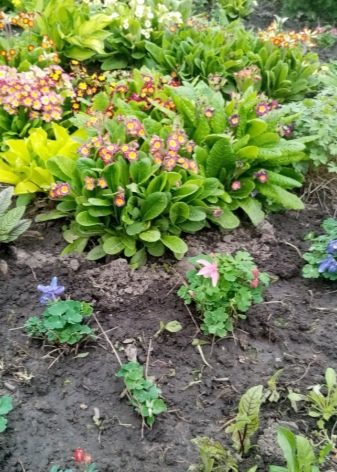
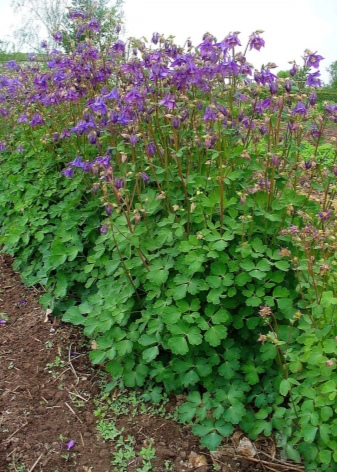
This flower reacts positively to regular application of mineral and organic fertilizers, which can be carried out during the entire growing season. Top dressing is best done in cloudy and rainy weather or in the evening after watering.
In the fall, after flowering, it is necessary to carry out sanitary pruning of the bushes. For removal, you must select dry, damaged and diseased branches. To prevent the roots from freezing, it is necessary to mulch the root zone with peat or chopped bark at the end of autumn.
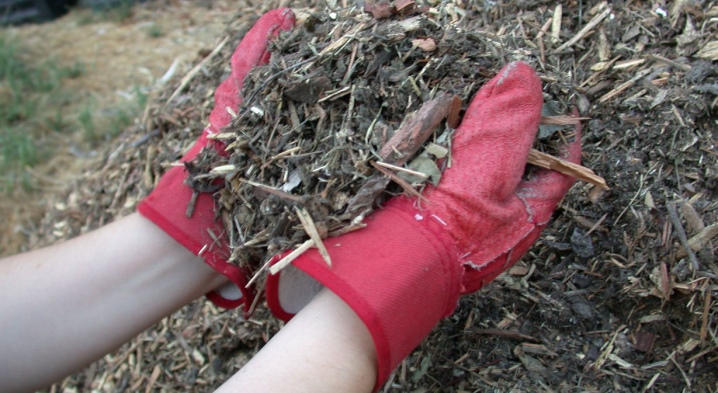
Failure to comply with the rules of care can provoke the development of the following diseases:
- powdery mildew;
- mosaic;
- gray rot.
Caterpillars, aphids and ticks can spoil the appearance of the plant. In case of detection of the first signs of disease or the presence of insects, it is necessary to treat all green spaces with special chemical and biological preparations.



How to propagate?
To propagate a plant at home, you can use one of the methods described below.
Seeds or seedlings
The method of growing young plants from seeds consists in directly sowing the seed material in the ground or in growing seedlings. This method is not popular due to the impossibility of obtaining plants that would have all varietal genetic characteristics. You can plant seeds both in special containers in order to obtain seedlings, and in a permanent place of growth. The technology for carrying out both methods is absolutely identical and consists of the following activities:
- planting seeds in a nutrient mixture;
- abundant watering;
- creating a greenhouse effect.
After the emergence of seedlings, the protective shelter can be safely removed. The picking can be started only during the formation of 3-4 new sheet plates.

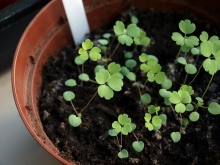
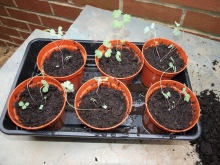
By dividing the bush
Dividing the bush is a favorite method for novice gardeners, but when doing it, you need to be very careful not to damage the mother plant. Only plants over 5 years old are suitable for reproduction. This procedure consists of the following activities:
- abundant watering of the selected bush;
- accurate extraction of the plant from the soil;
- division of the root system into the required number of parts.
The division of the bush must be carried out with a sharp garden tool. Each separated part must have at least 3 healthy kidneys.
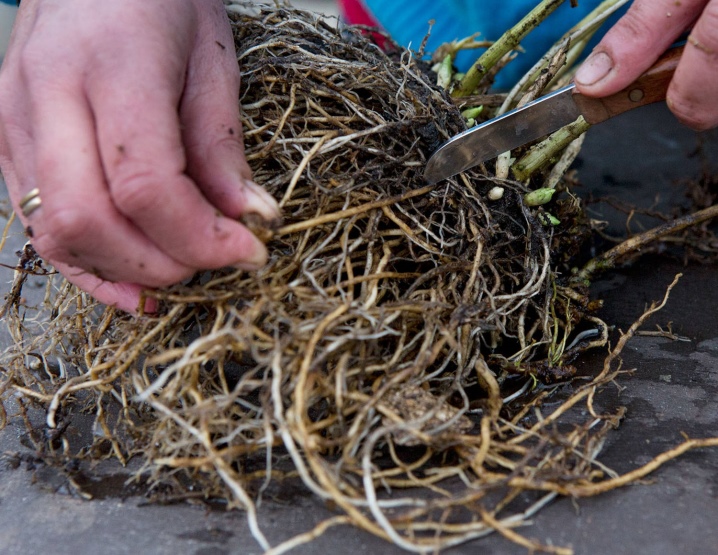
By cuttings
Cuttings are the most popular and effective breeding method.In order to get young plants, you should cut off the required number of shoots from the mother bush in early spring. Before planting, all the collected material will need to be soaked for several hours in a growth enhancer. Prepared seedlings must be planted in a nutritious and moist soil. The creation of a small polyethylene greenhouse around the plants will help speed up the formation of the root system. After the appearance of new leaf plates, the seedlings can be transplanted to a permanent place of growth.

For how to sow terry aquilegia, see the next video.




































































































The comment was sent successfully.